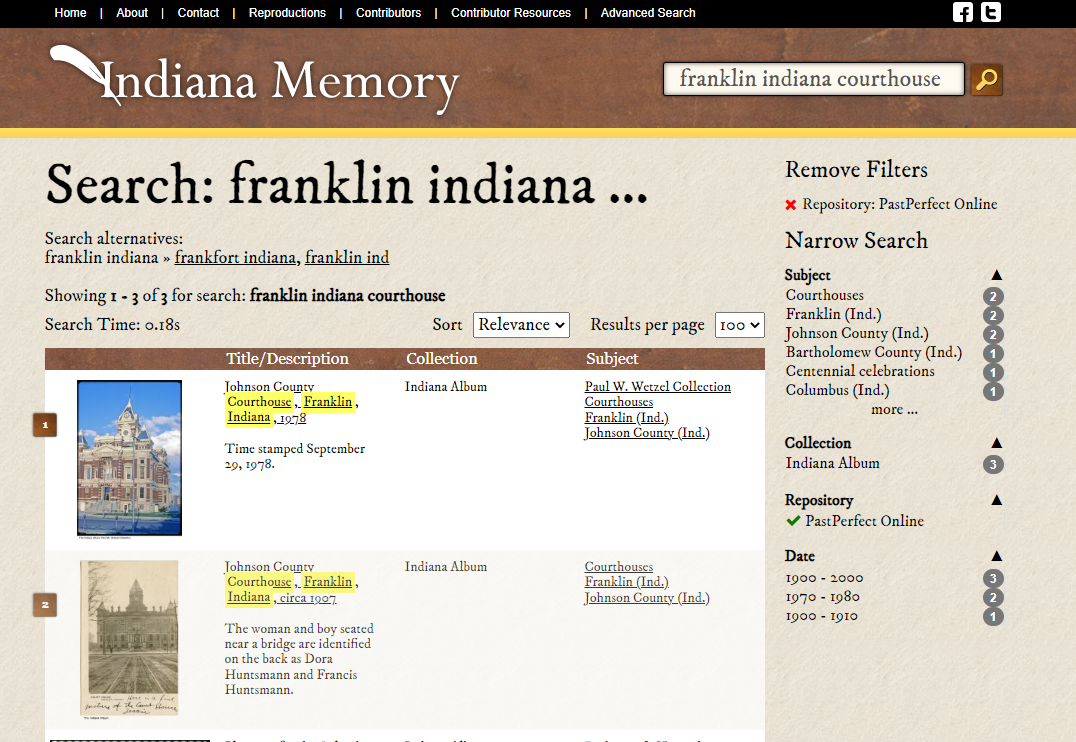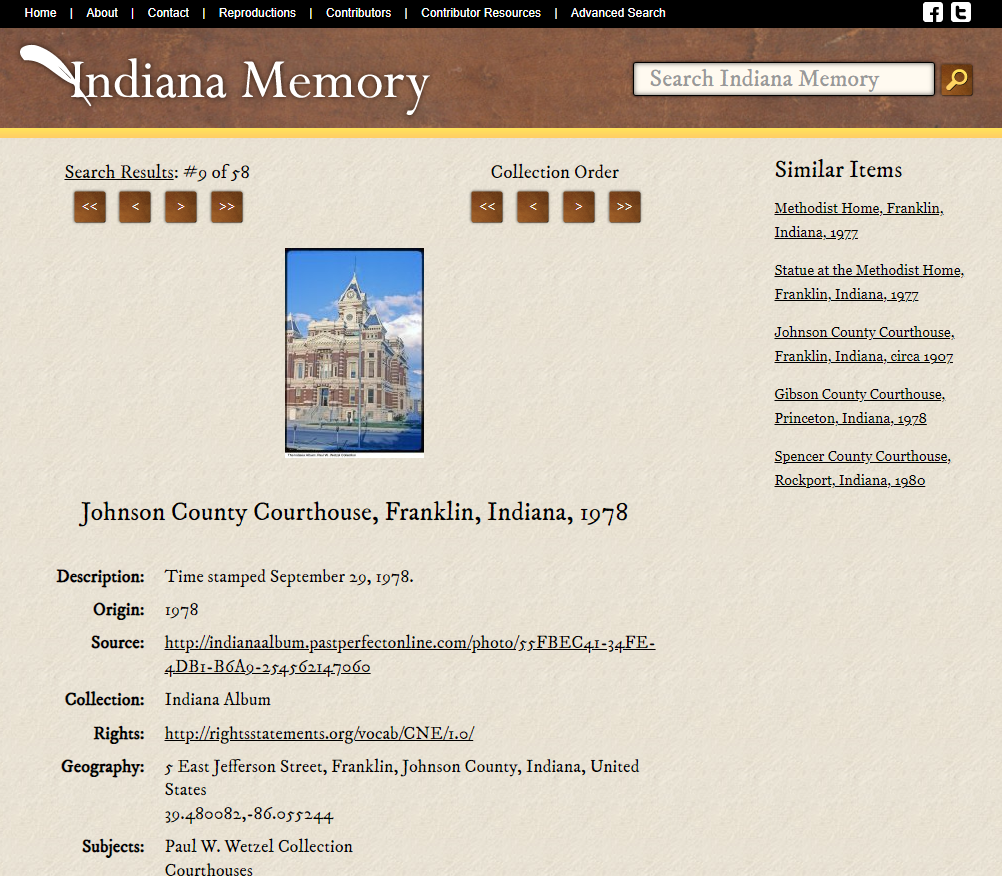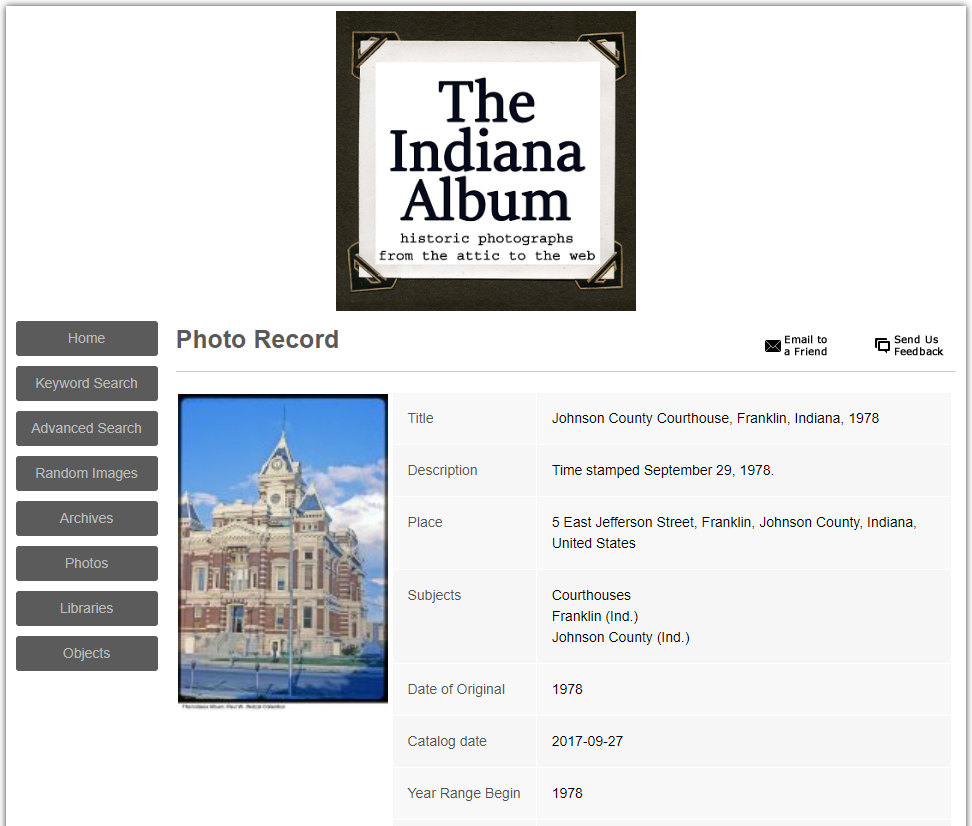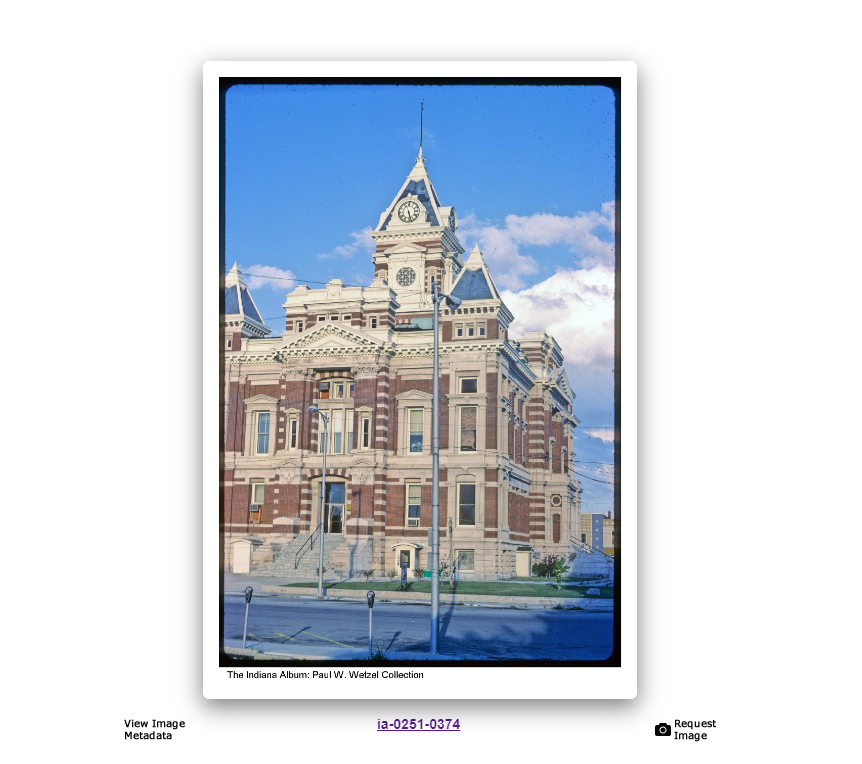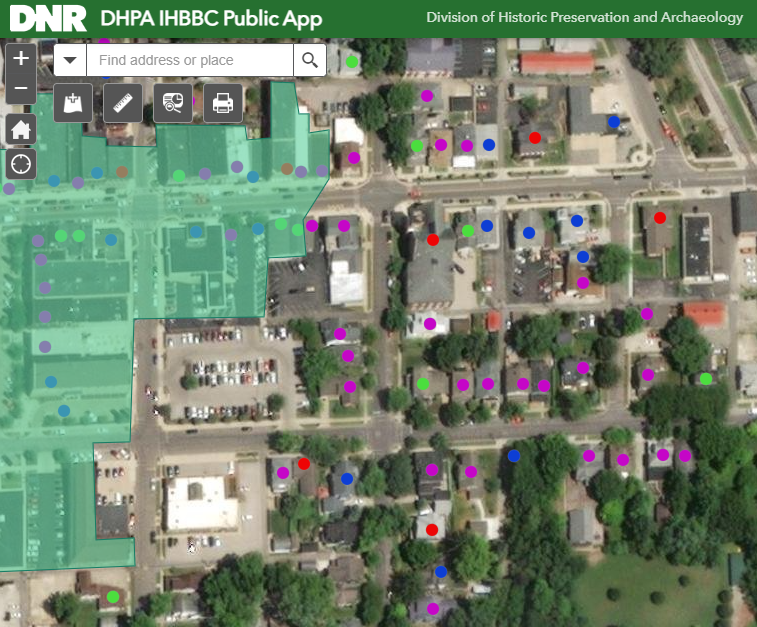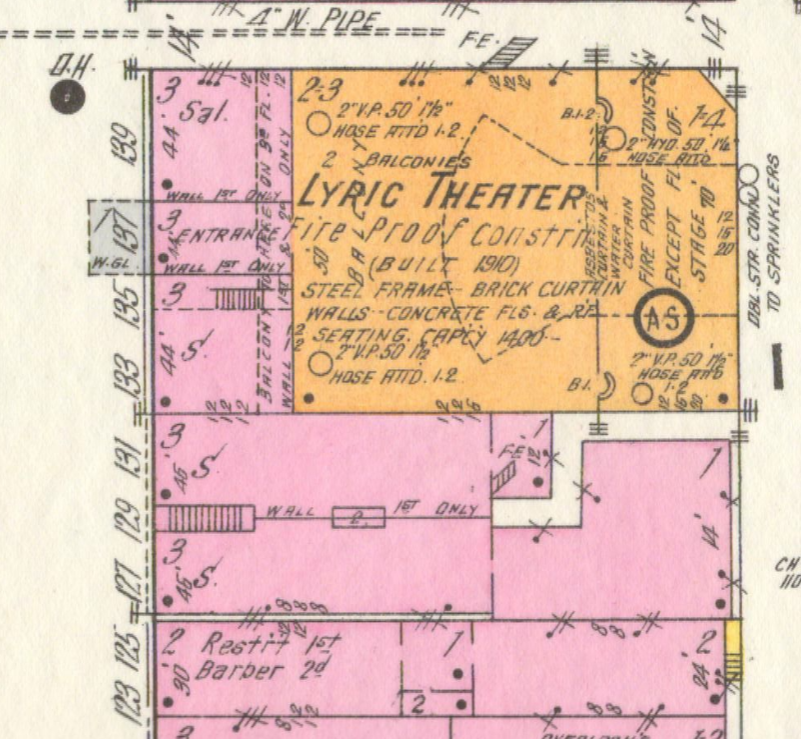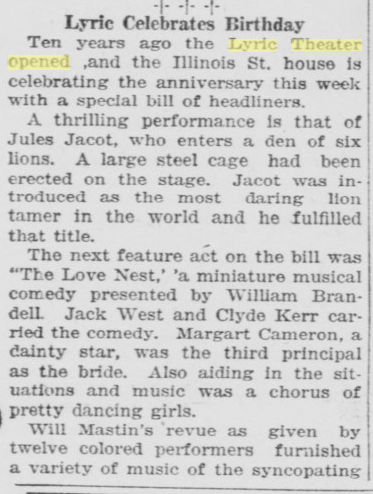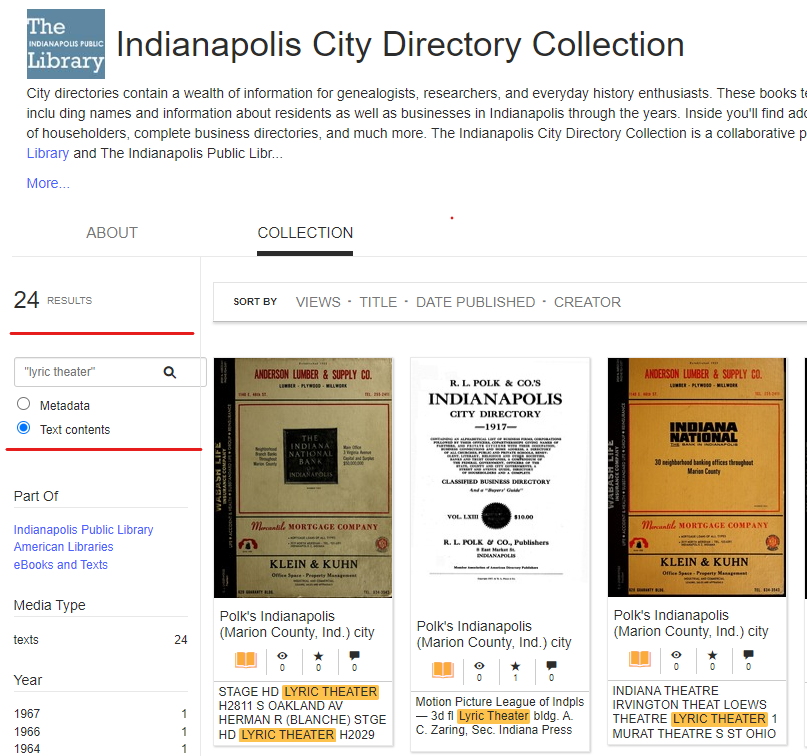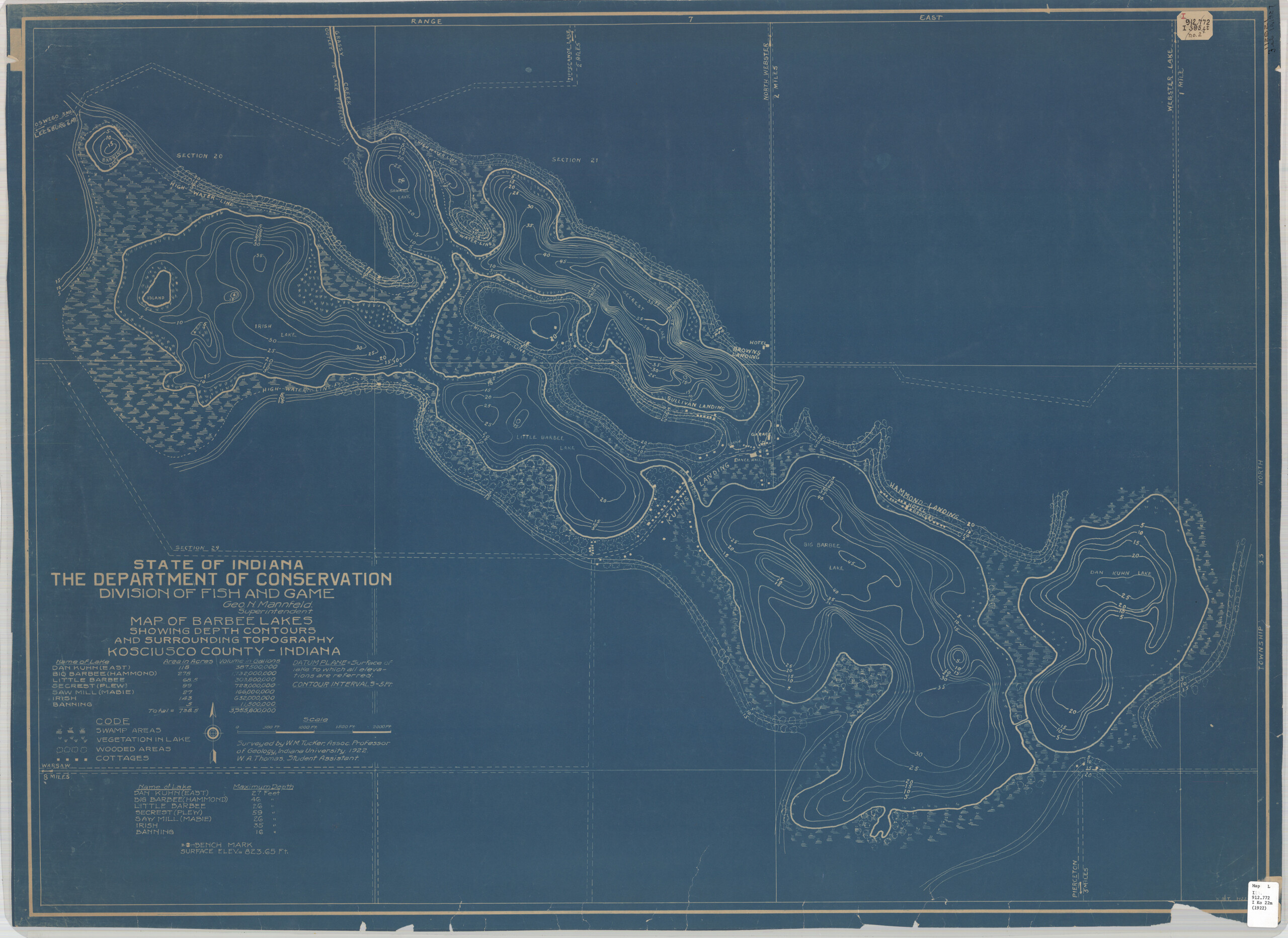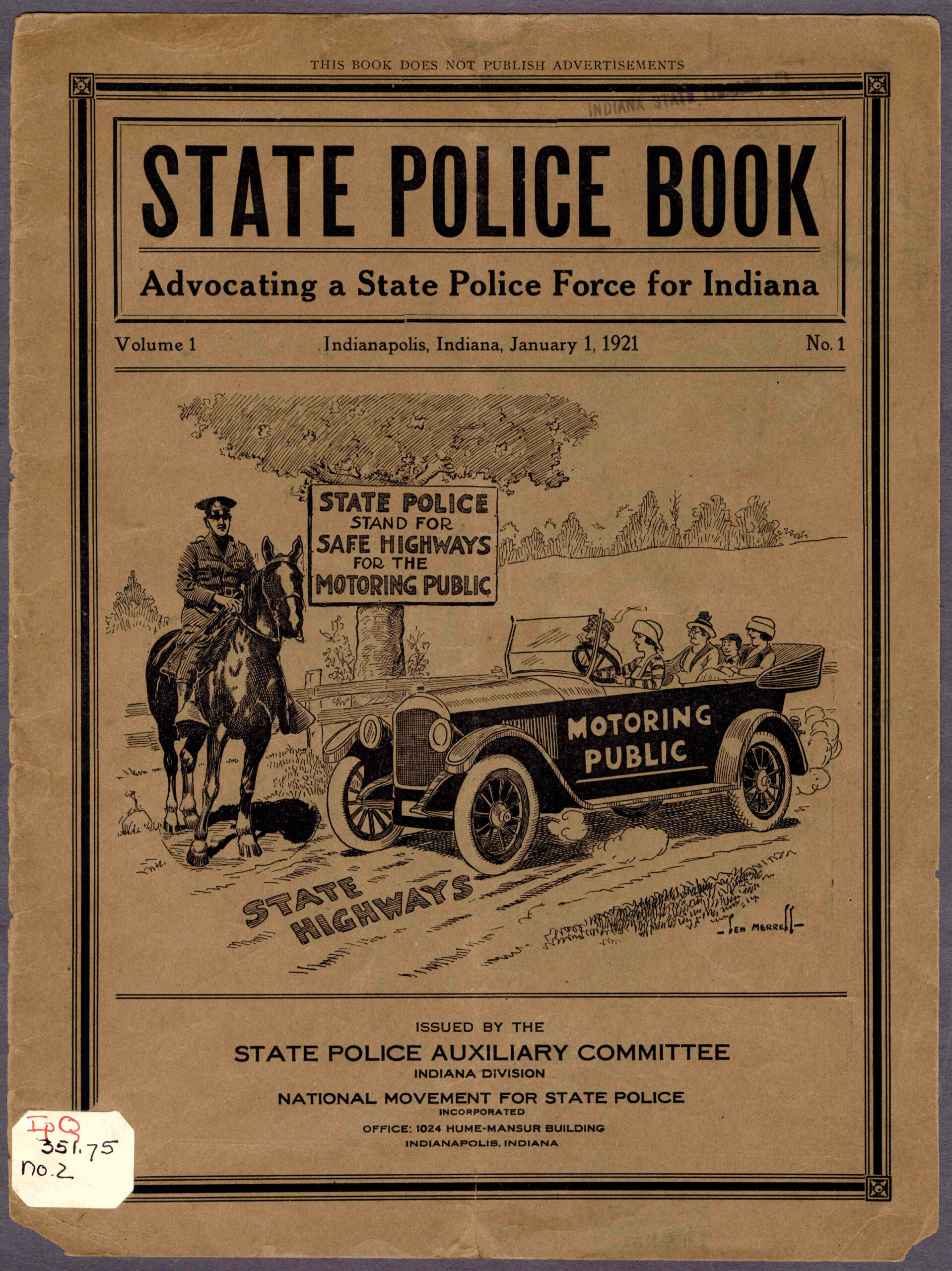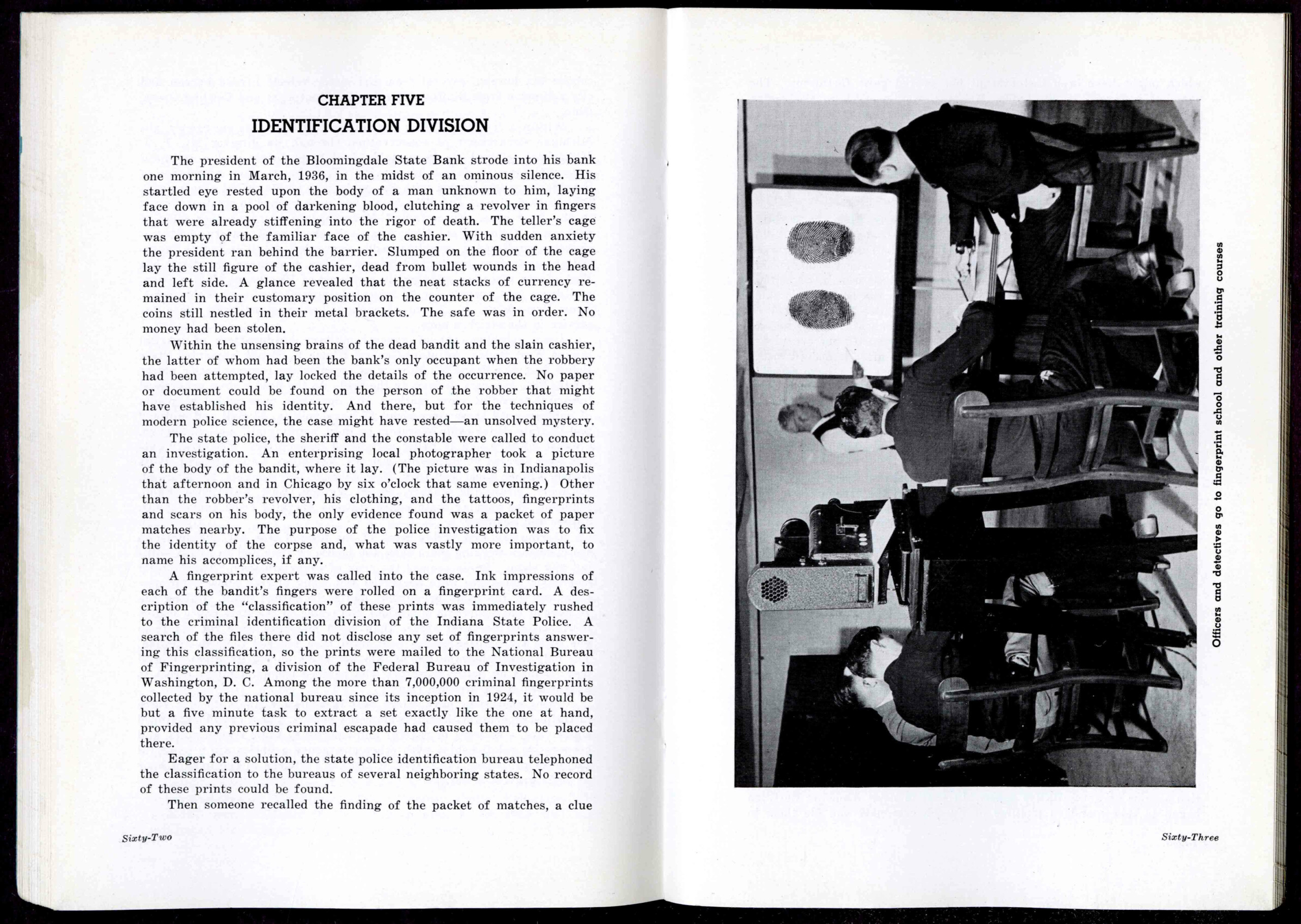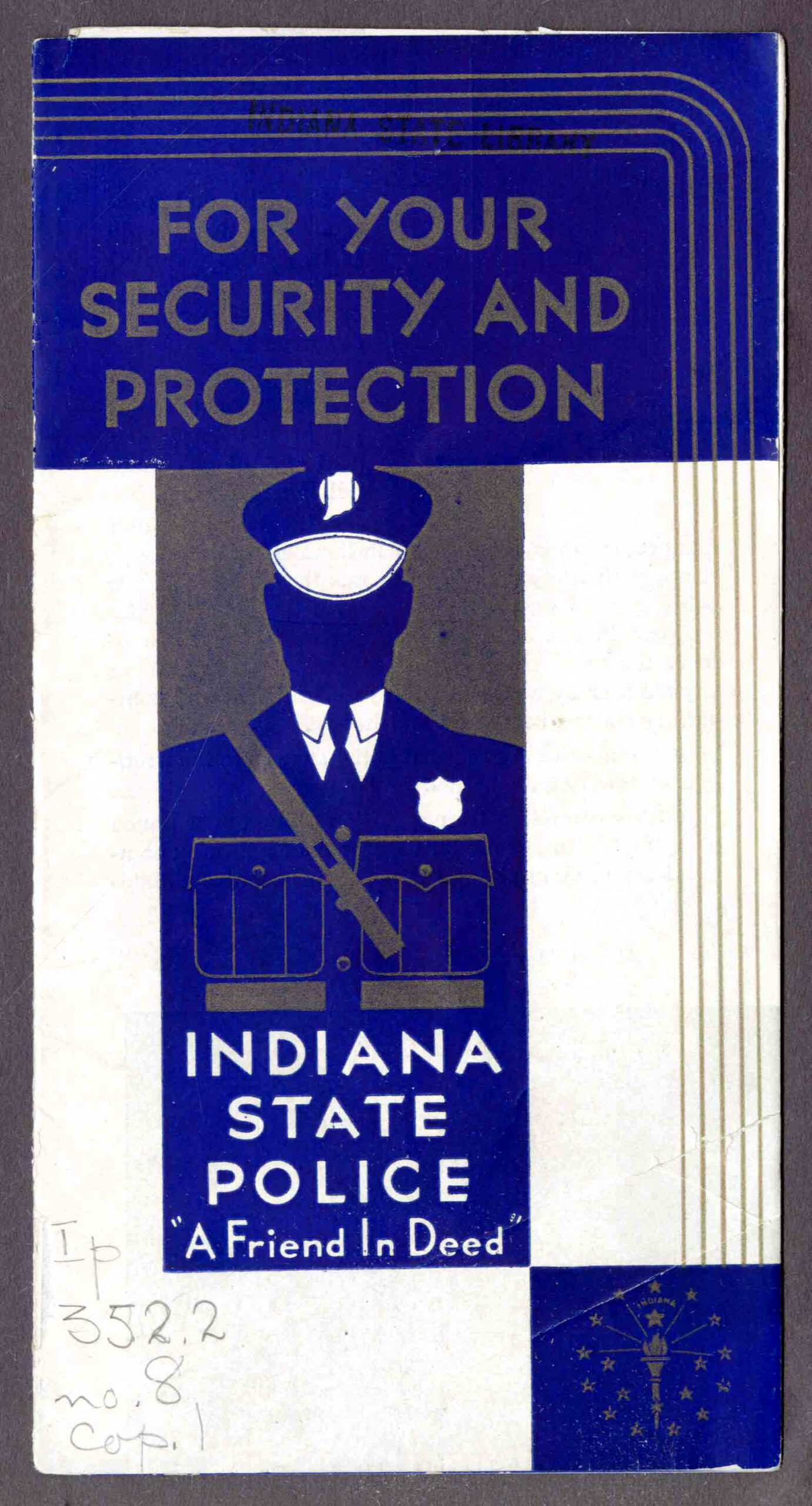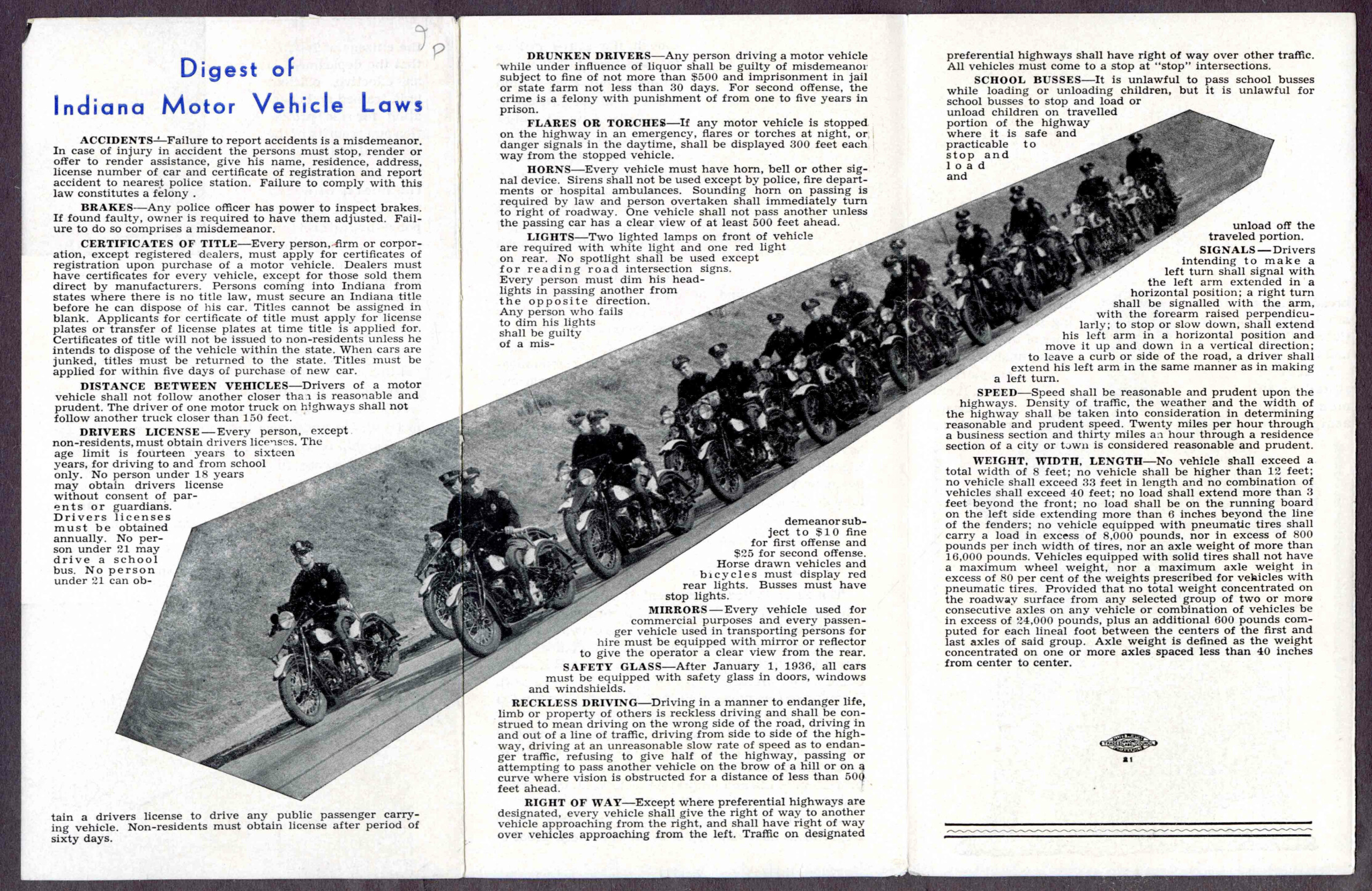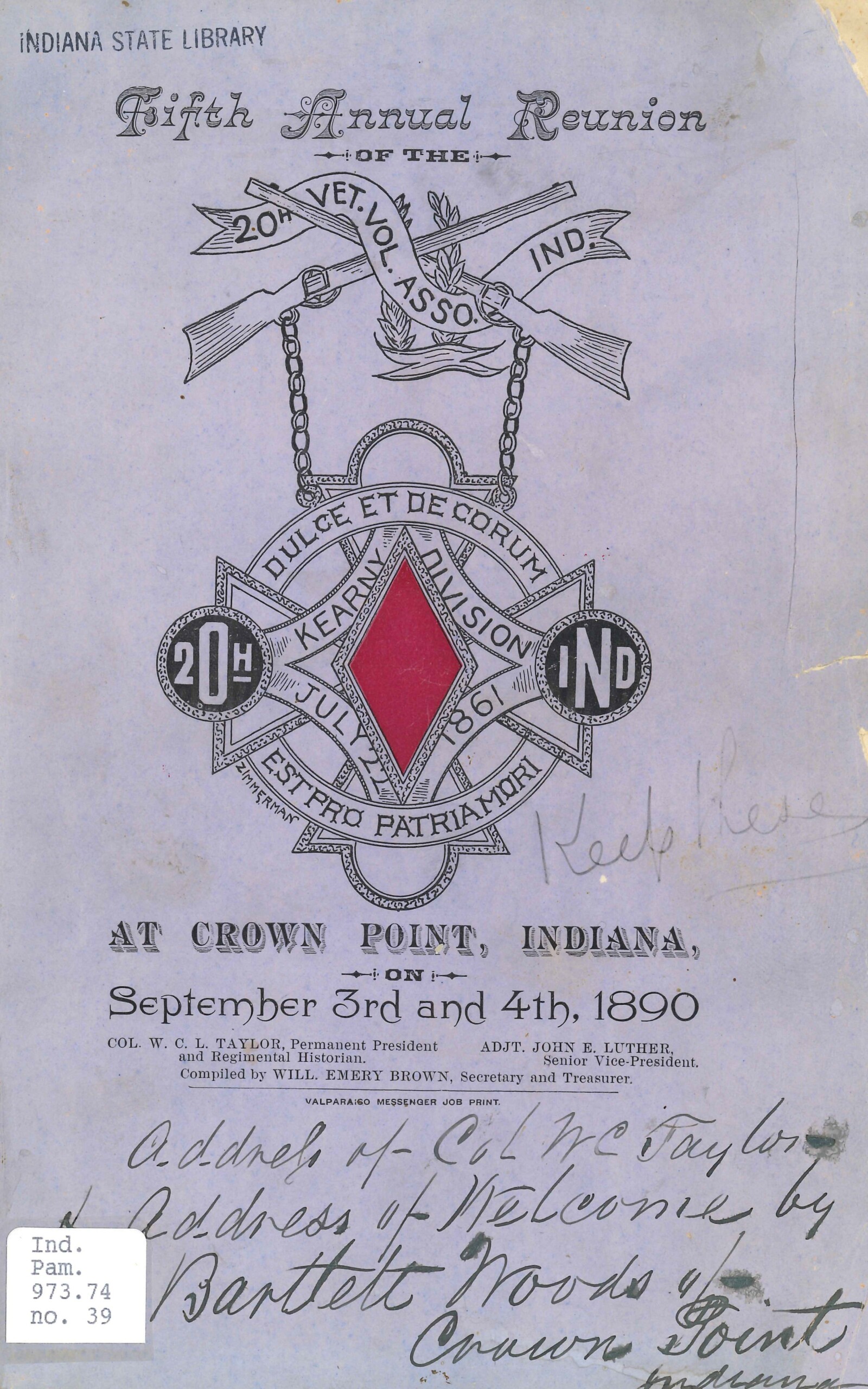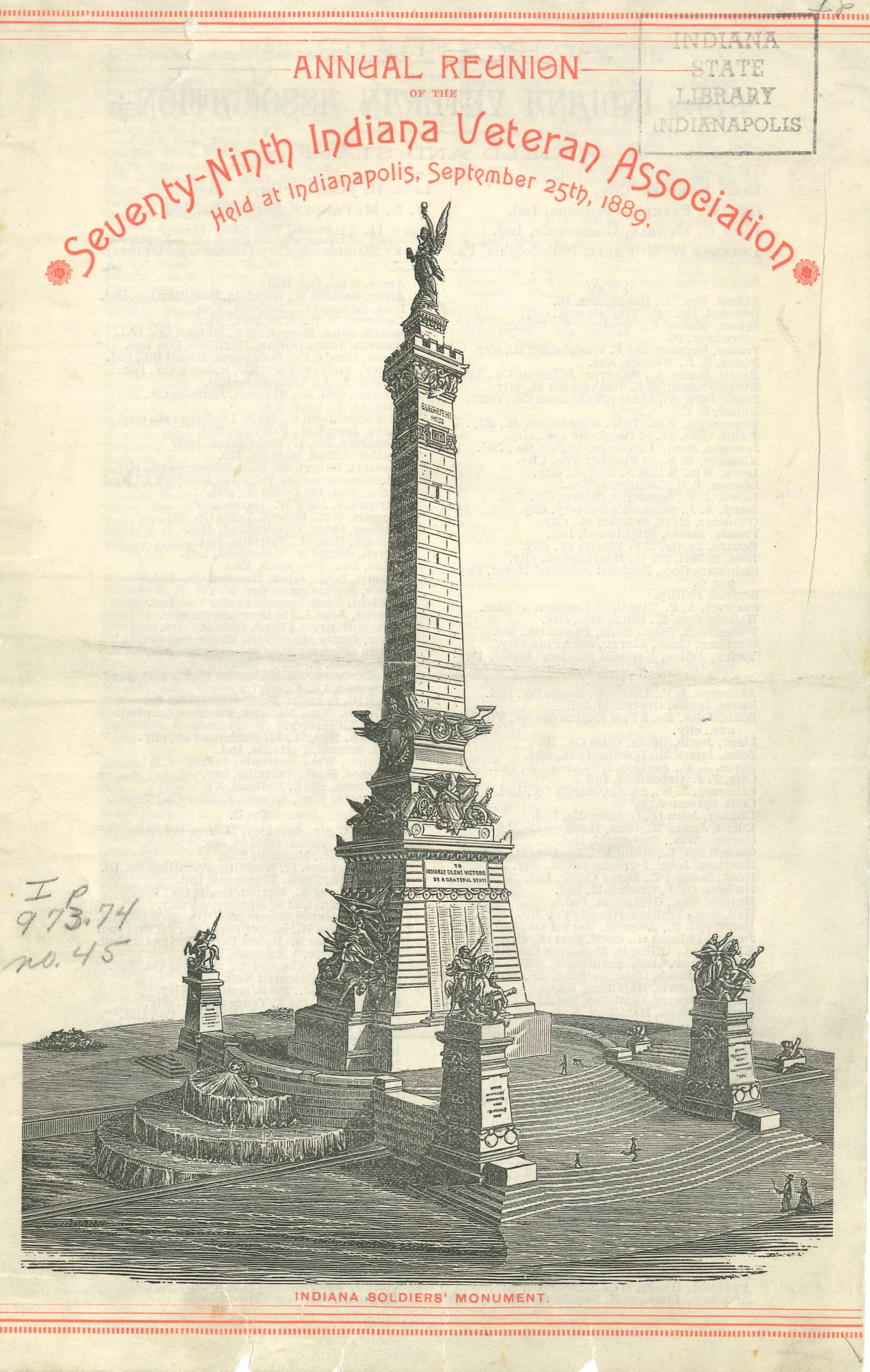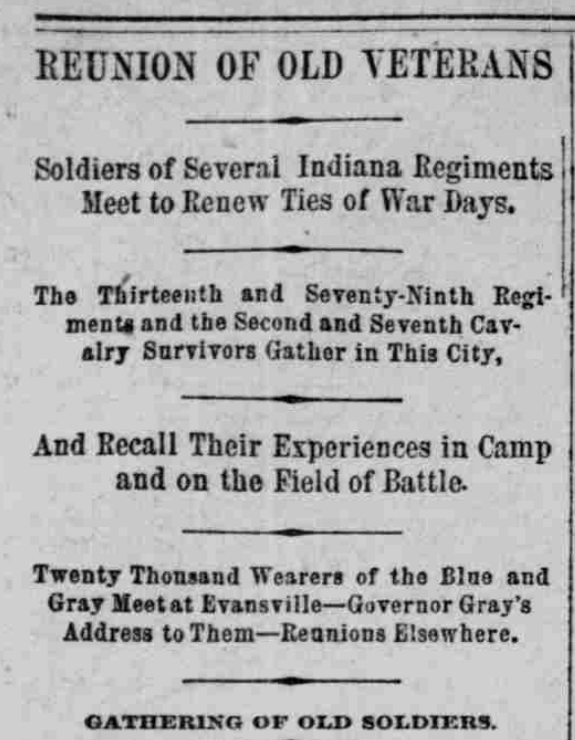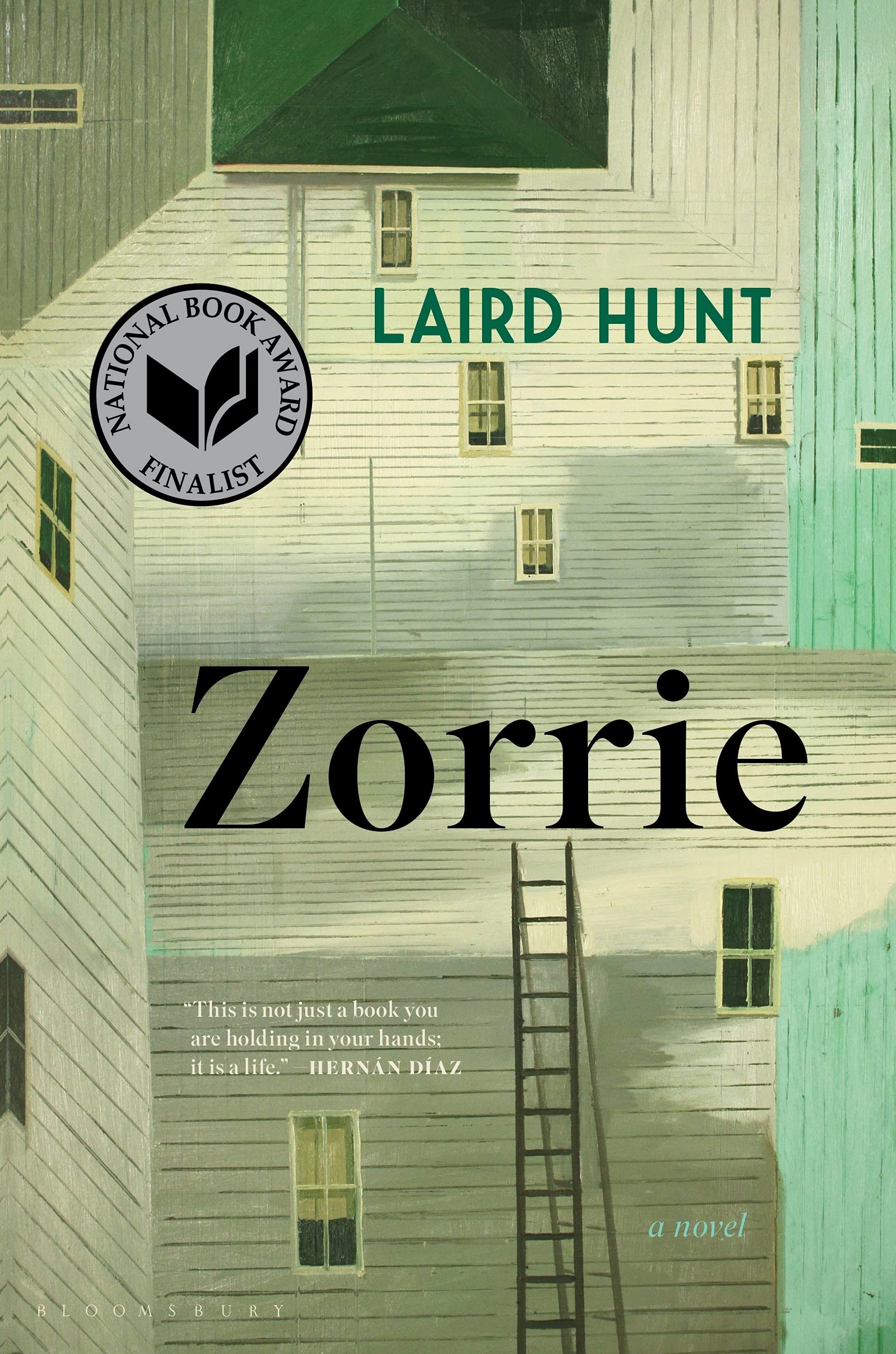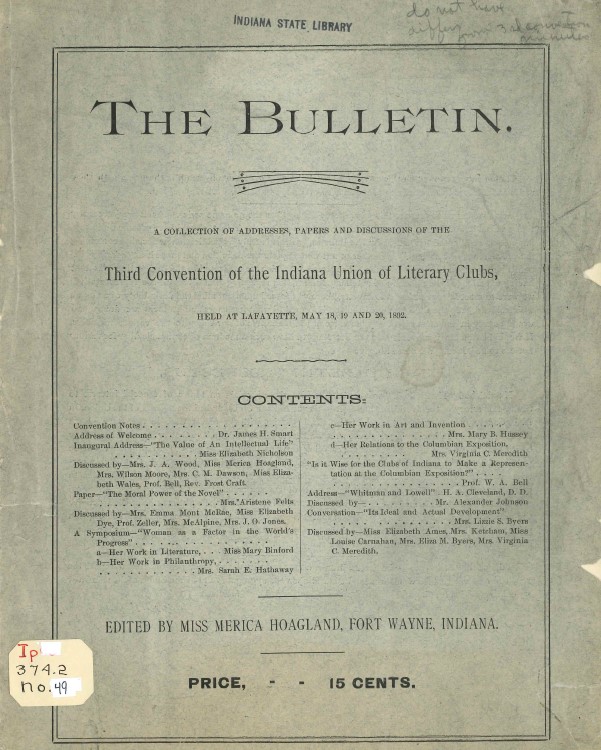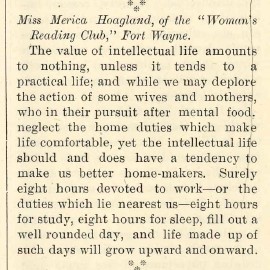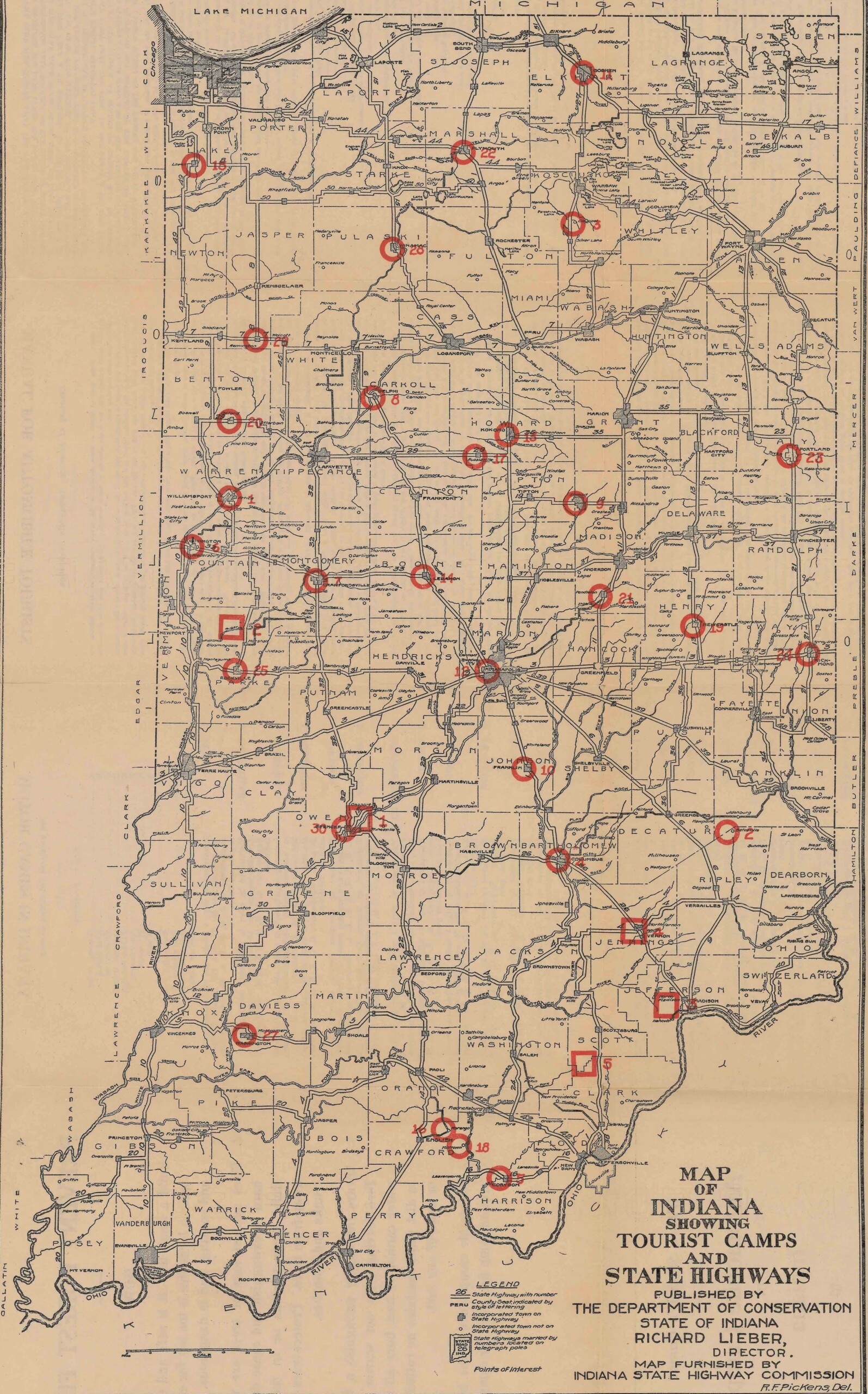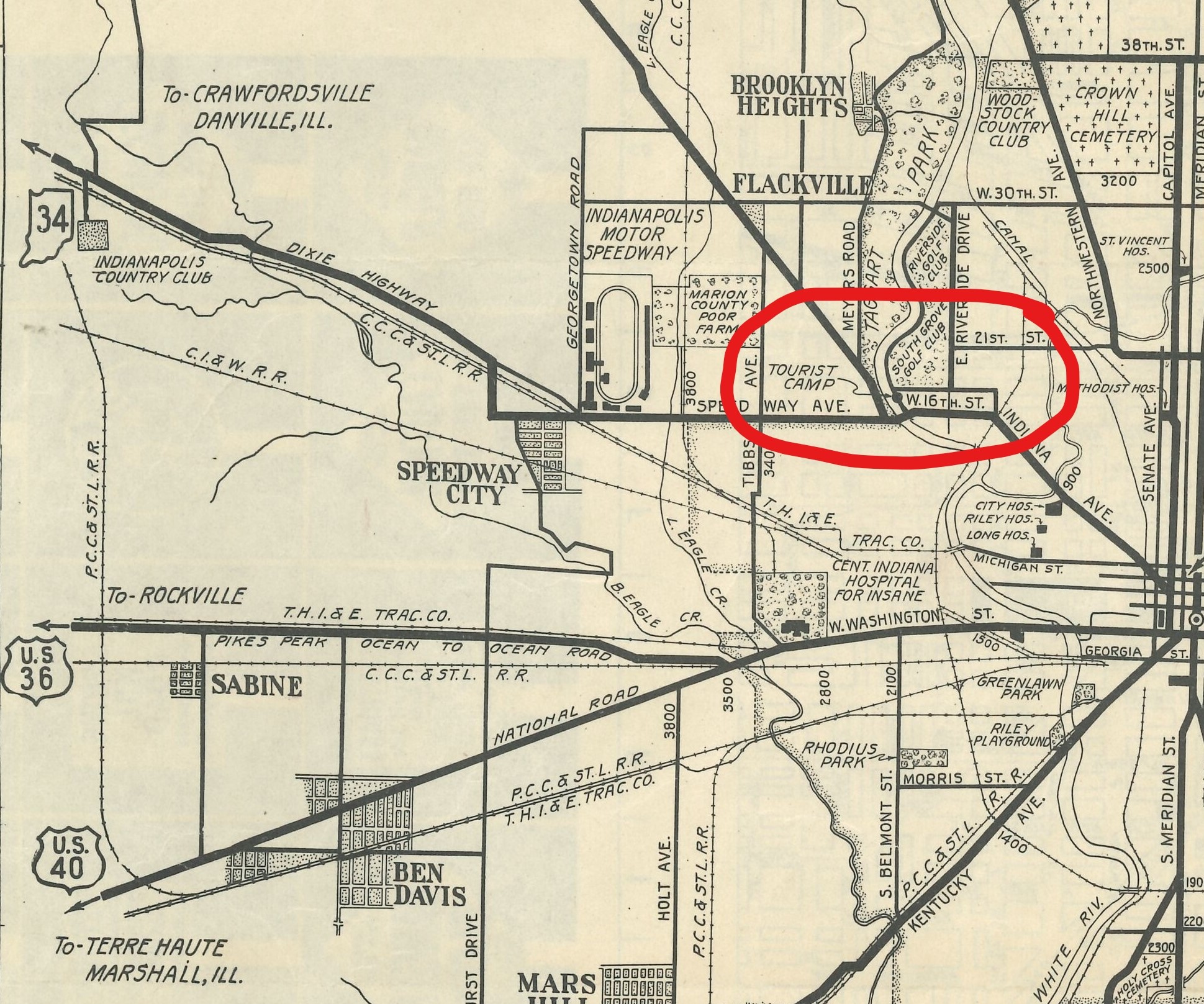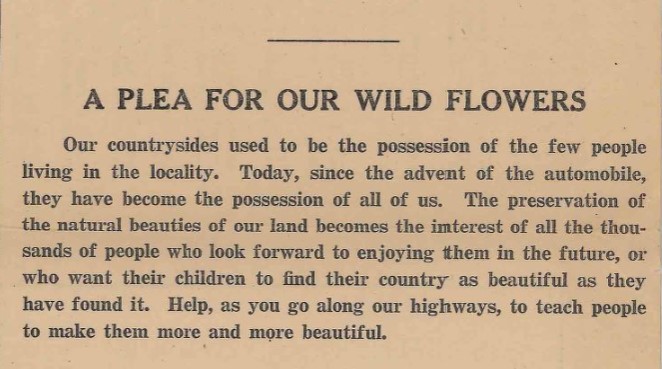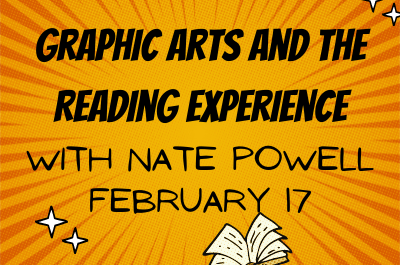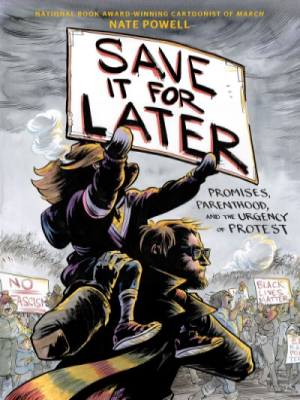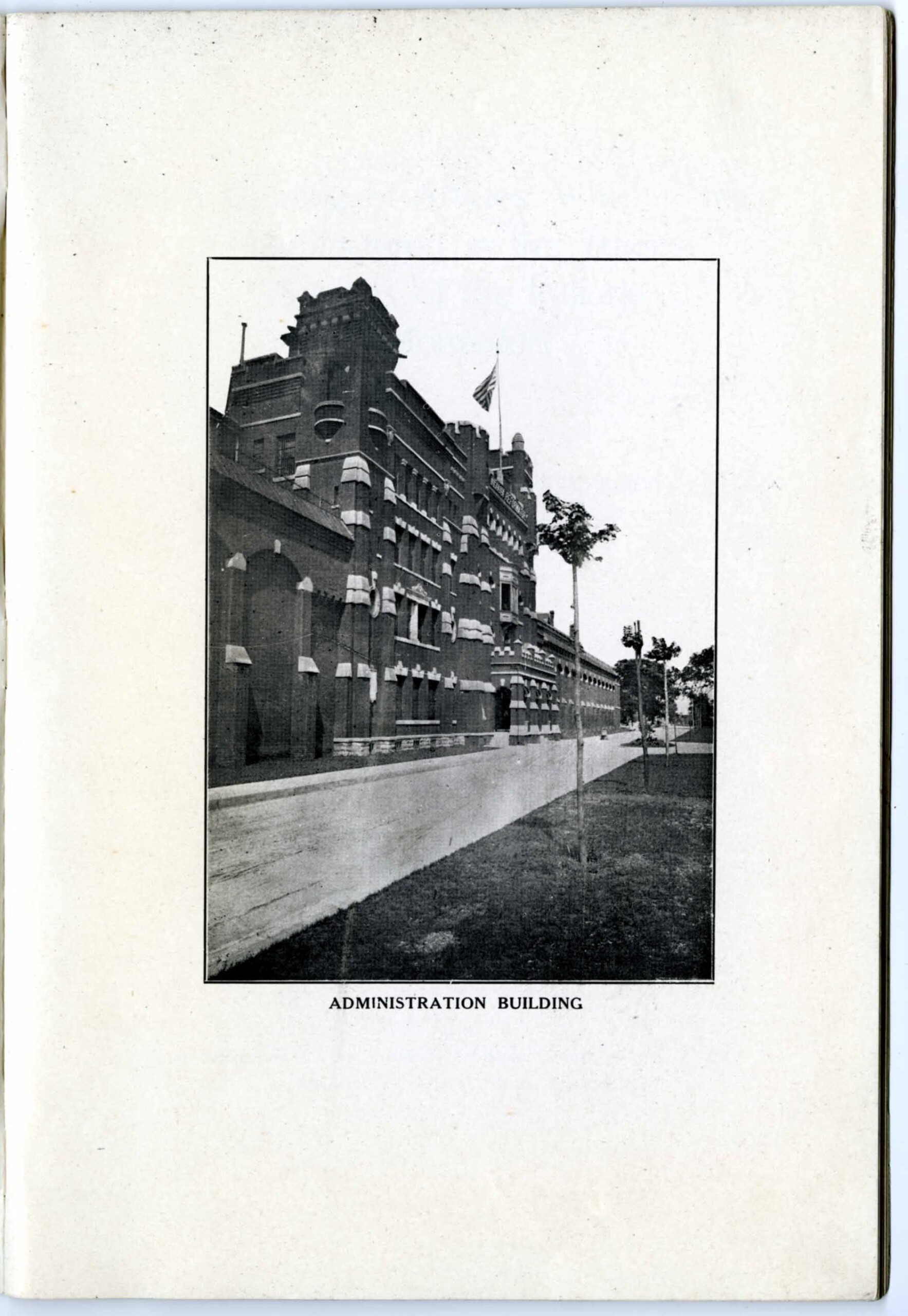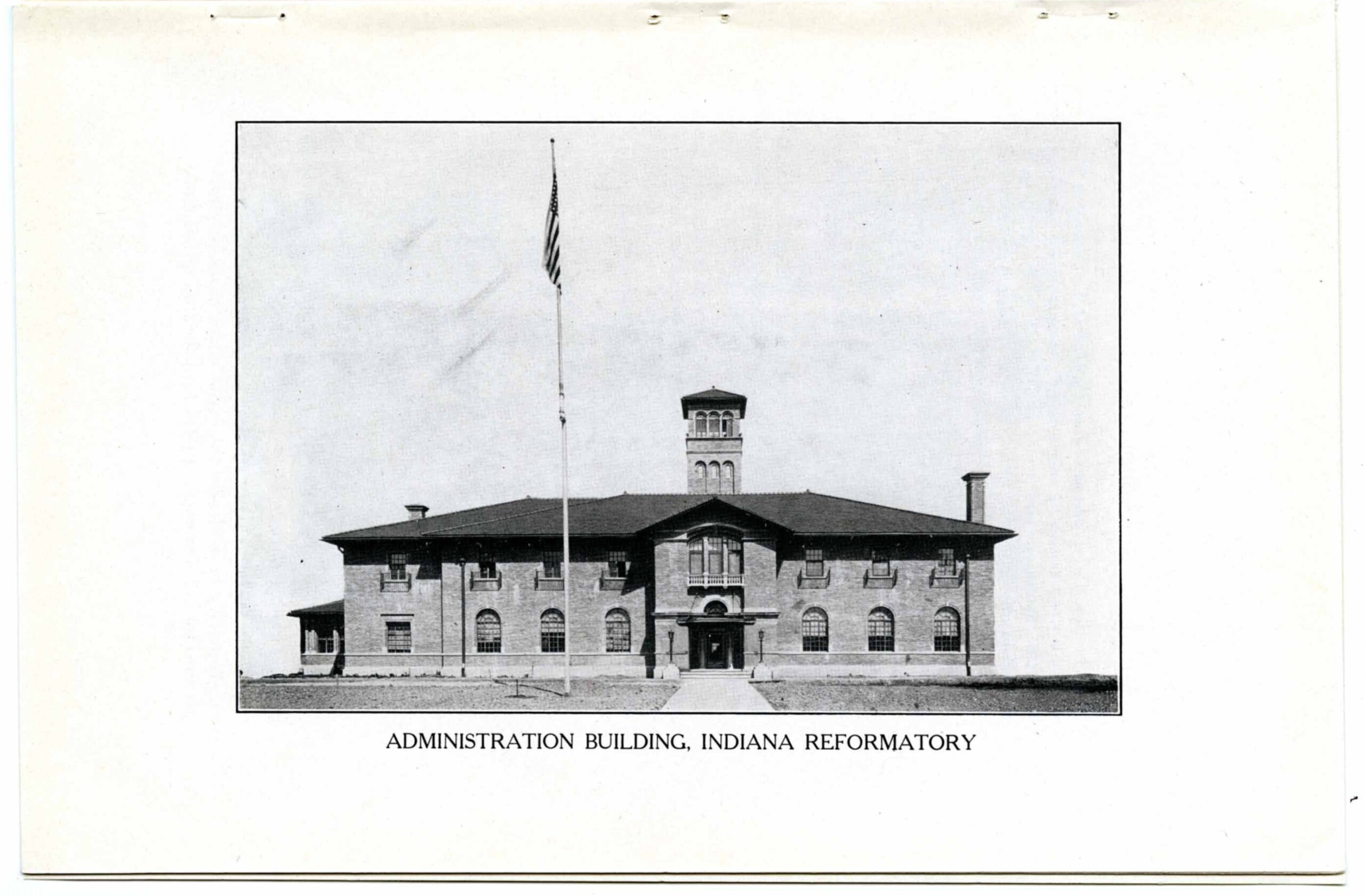Searching for information on a historic business, building or other site can be both rewarding and frustrating. Beyond the standard resources such as fire insurance maps, online newspapers and city directories, here are suggestions to find images and more.
Make sure to check digital memory projects since these collections often include photographs and postcards with images of streetscapes, historic districts and buildings. That smaller building might be included due to its proximity to a more famous landmark. In Indiana, the best statewide aggregator of local history photos and documents is Indiana Memory.
Many libraries and history-focused organizations have added unique photos and materials from their local collections to Indiana Memory. A notable contributor of over 23,000 images to Indiana Memory is the Indiana Album online catalog. The Indiana Album project seeks out rare photos from attics and private collections statewide and scans are made for the online collection. Please note that clicking on an image result from Indiana Album will then link outside of Indiana Memory to the Indiana Album online catalog.
Additional Indiana Memory collections that consist primarily of images include:
DNR Historic Preservation and Archaeology – This collection includes photographs from the Historic Theater Initiative and the Cemetery Initiative.
Indiana Historic Architecture Slide Collection – This Indiana Landmarks collection has images from the early 1960s through present day and captures historic architecture throughout the state.
Indiana Landmarks Wilber D. Peat Collection – Along with images, the collection has articles (1928-1952) by Agnes McCulloch Hanna who wrote a column on Indiana architecture for the Indianapolis Star and Indianapolis News.
Postcards of Indiana the Jay Small Collection – From the Indiana Historical Society (links outside Indiana Memory).
Not to be overlooked are the valuable clues in compiled sources, like the Interim Reports of Indiana Historic Sites and Structures. The printed reports usually have one county per volume. Indiana Landmarks in partnership with the Indiana Division of Historic Preservation and Archaeology started compiling data in the late 1970s to document buildings and sites of interest for historic preservation. The Indiana State Library has copies of all printed interim reports in the Indiana Reference Collection, call number IND. REF. 977.2 I385his. Some of the older reports have been digitized in the Indiana Memory collection Indiana Historic Sites and Structures Inventory. Many reports were updated with a second edition, but the printed reports were phased out since the data is also entered into the Indiana State Historic Architectural and Archaeological Research Database. As older sites are re-surveyed, newly-eligible sites will be documented for first-time inclusion in the survey. More information about SHAARD is available on the database site, with public access available through the link “Enter SHAARD as a guest.”
There is also a mapping component to SHAARD, the Indiana Historic Buildings, Bridges, and Cemeteries Map. This interactive map has features to research historic sites and structures. The points on the IHBBC map connect to data in the Indiana State Historic Architectural and Archaeological Research Database. Since DHPA serves as the state historic preservation office for Indiana, their staff coordinate a statewide inventory, or survey, of historic properties. Surveyors create an inventory in a particular county by driving every road, recording data, and taking photographs of any property that is at least 40 years old or older and meets other criteria. After a hiatus, the DHPA survey program is resuming in 2023 and will start with Morgan County. Keep checking back for the latest data.
For questions about using any of the resources mentioned in this post, please contact the Indiana Division at 317-232-3670 or “Ask-A-Librarian.”
This blog post was written by Indiana Division librarian Andrea Glenn.


